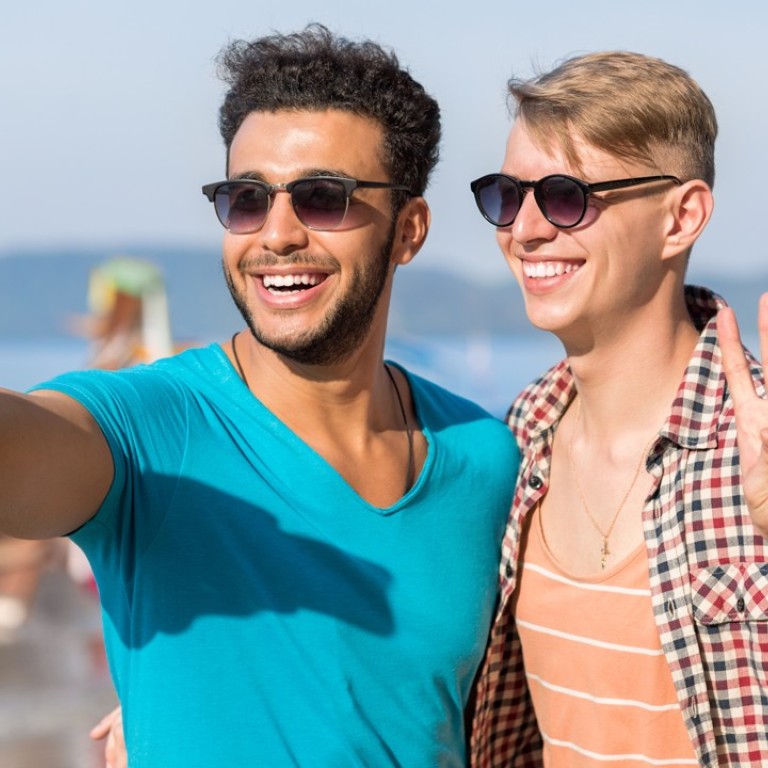
Safe travel destinations for LGBT people? There’s an app for that now
- The GeoSure app ranks 30,000 neighbourhoods on a scale from 1 to 100 using crime, economic and other data; the lower the score, the safer the area
- We highlight some of the safest places to visit if you are LGBT
The power of the pink dollar is growing for the travel industry. LGBT travellers spend US$211 billion annually, according to research by specialist consultants Out Now, and this is a niche market the industry is tapping into.
“The LGBTQ community has 23 per cent more disposable income than their heterosexual counterparts, they travel more frequently and spend more when in resorts,” says Darren Burn, the managing director of TravelGay.com, a gay travel, entertainment and lifestyle guide, and OutOfOffice.com, which arranges tailor-made holidays and gay group trips.
Safety is one of the key concerns of LGBT travellers, and Geosure, a technology company based in the United States, is attempting to tackle the issue. Its team of developers has spent the past four years creating a platform on its app that gives neighbourhood-level real-time LGBT safety ratings for more than 30,000 places worldwide.
“Safety is central to travel and when you can promote it, it takes away the anxiety,” says GeoSure CEO Michael Becker. “We want people to be more confident and inspired about travelling to any part of the world. We want to encourage travel in an informed, engaged and empowered way.”
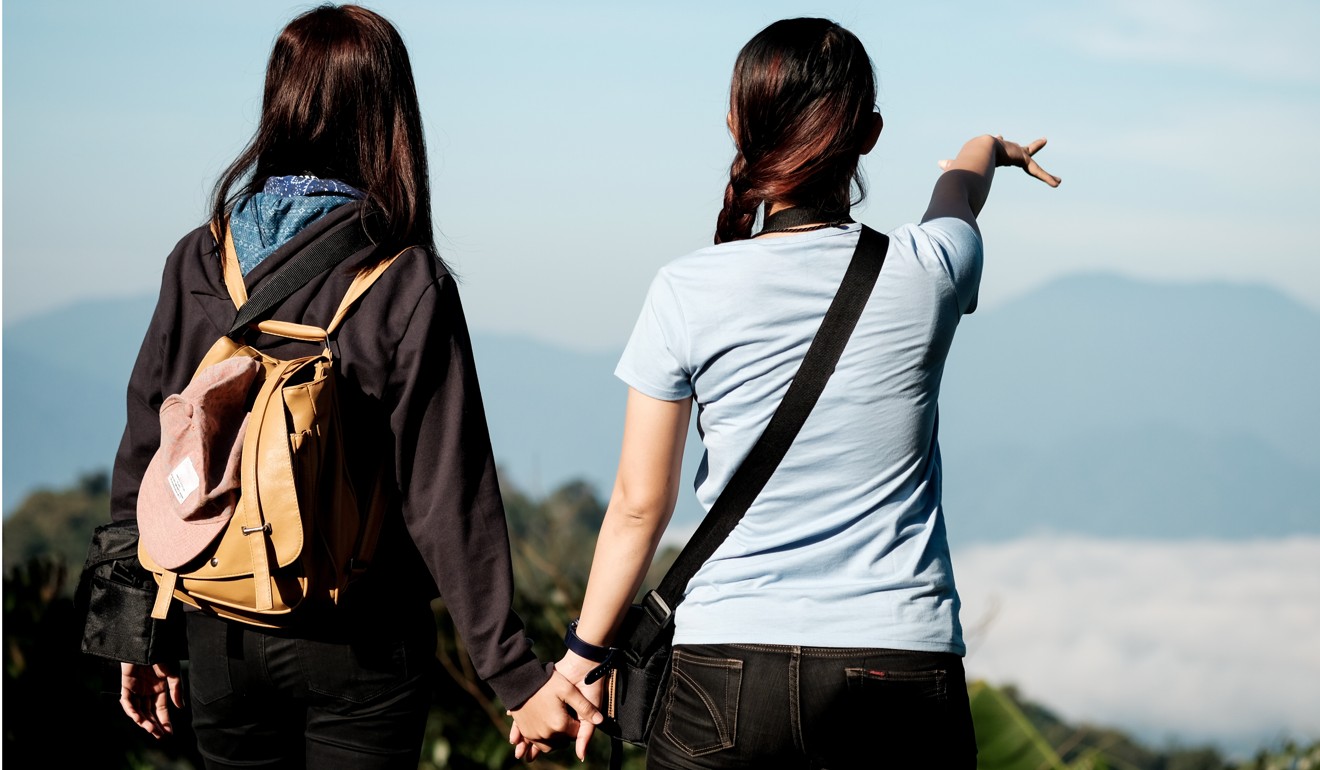
“Keep in mind there are still more than 70 countries worldwide that criminalise same-sex relationships,” says John Tanzella, president of the International Gay and Lesbian Travel Association (ILGTA). “And people who are gender nonconforming are more likely to be targeted.”
In September, two Malaysian women were caned in public for attempting to have lesbian sex in a car. The incident came weeks after a transgender woman was brutally beaten by eight men in Seremban, Malaysia.
Homosexuality is illegal in the country and carries a 20-year prison sentence. It is also illegal in Bhutan, the Maldives and Sri Lanka. However, LGBT tourism is growing in these destinations, where the law is rarely enforced.
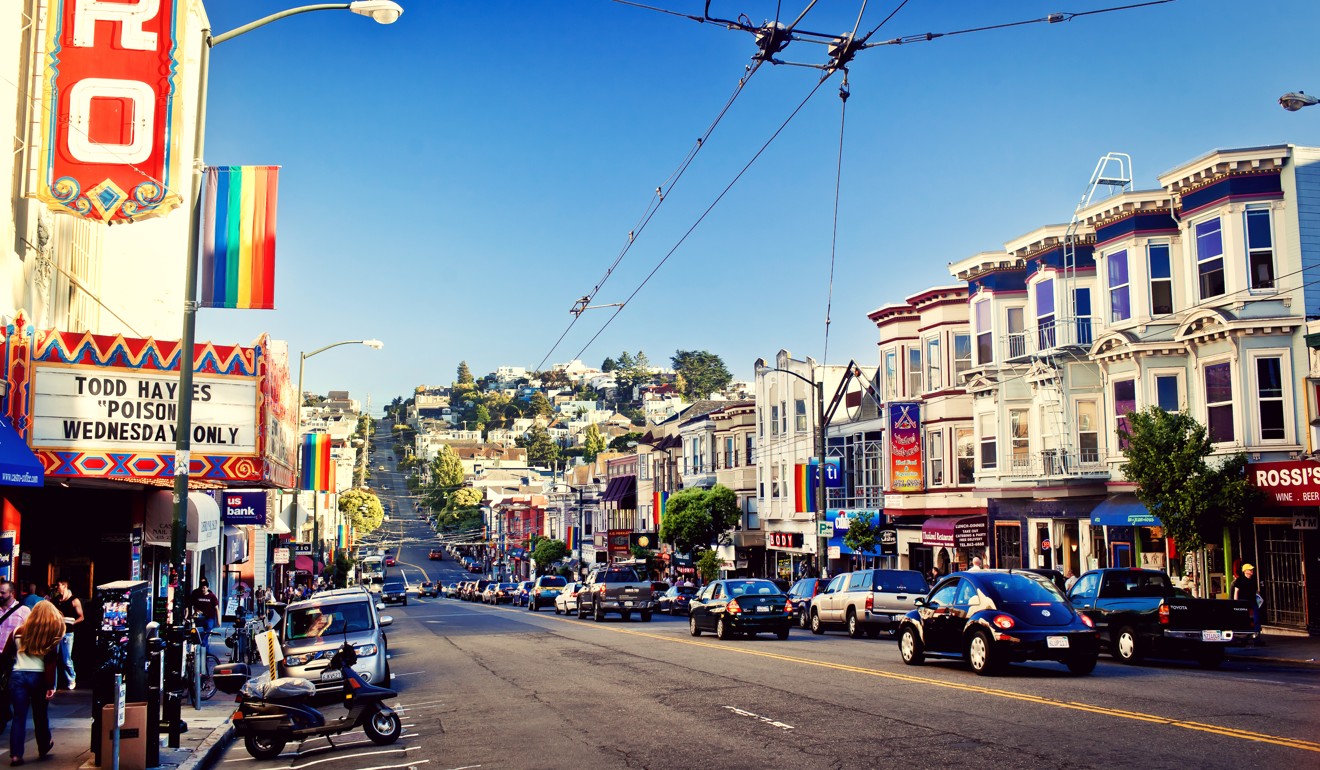
The GeoSure app ranks each neighbourhood from one to 100 – the lower the score, the safer the area. Scores are generated through machine learning, artificial intelligence, and analysis of data from thousands of sources, including Interpol, the World Health Organisation, the United Nations, the World Bank, the ILGTA, real estate prices and other macroeconomic variables. They are updated in real time to reflect the current environment in each neighbourhood.
“We wanted to provide very localised information, go beyond the country level to the neighbourhood level,” says Becker, citing San Francisco as an example. “There is a big difference between the Tenderloin, Nob Hill and Union Square areas. They are all different neighbourhoods that have different safety complexes and that is what we measure.”
According to the app, San Francisco’s Castro district is the world’s safest urban neighbourhood for LGBT travellers. This is followed by Schöneberg in Berlin, Amsterdam’s Centrum, Eixample in Barcelona and Tel Aviv’s city centre/Florentin neighbourhood.
As for the safest destinations in Asia, Singapore ranked 21 for overall safety and 26 for LGBT safety, Hong Kong 33 and 33 respectively, Tokyo 29 and 32, Kuala Lumpur 49 and 43, and Padang in Indonesia 73 and 78.
Watch: Pussy Riot’s members share views on LGBT rights and social movements
Padang’s score was the worst for places the app covers in Southeast Asia. While homosexuality is not illegal in most parts of Indonesia, an anti-LGBT law has been drafted and there has been a recent surge in targeted violence.
Tanzella recommends doing some homework before choosing a destination, looking specifically at its laws and culture. IGLTA’s website provides worldwide maps showing sexual orientation laws, as well as details of LGBT-friendly travel businesses, travel agents, tour operators and hotels in more than 80 countries.
LGBT guide to Tokyo: where to party, drink, eat and sleep
He cites New York, Spain, Argentina and South Africa as popular destinations with LGBT travellers. “They have progressive laws, which send a welcoming message to LGBTQ travellers.”
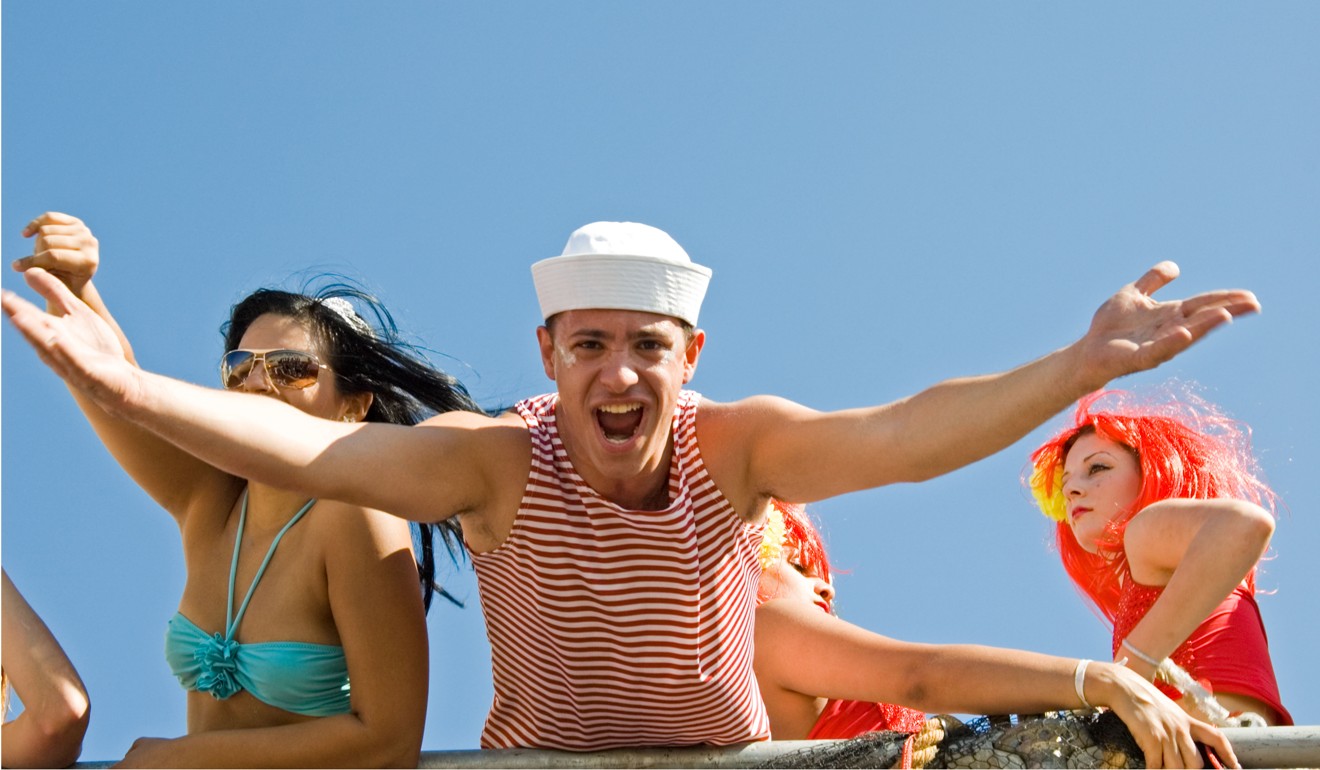
Burn says: “A good LGBTQ destination is a place that embraces and empowers its locals to be themselves. It also needs to practise what it preaches. For example, a destination that wants to welcome travellers but does not include LGBTQ couples when doing a photo shoot or promotional material cannot authentically market itself to the LGBTQ community.”
Burn adds that Thailand is also a popular destination with LGBT travellers. “This is down to there being such an open and accepting culture there,” he says.
Our LGBT guide to Phnom Penh: the best places to party, eat and sleep
Earlier this year, the Tourism Authority of Thailand hosted the first LGBT+ Travel Symposium in Bangkok to openly come out to the niche market.
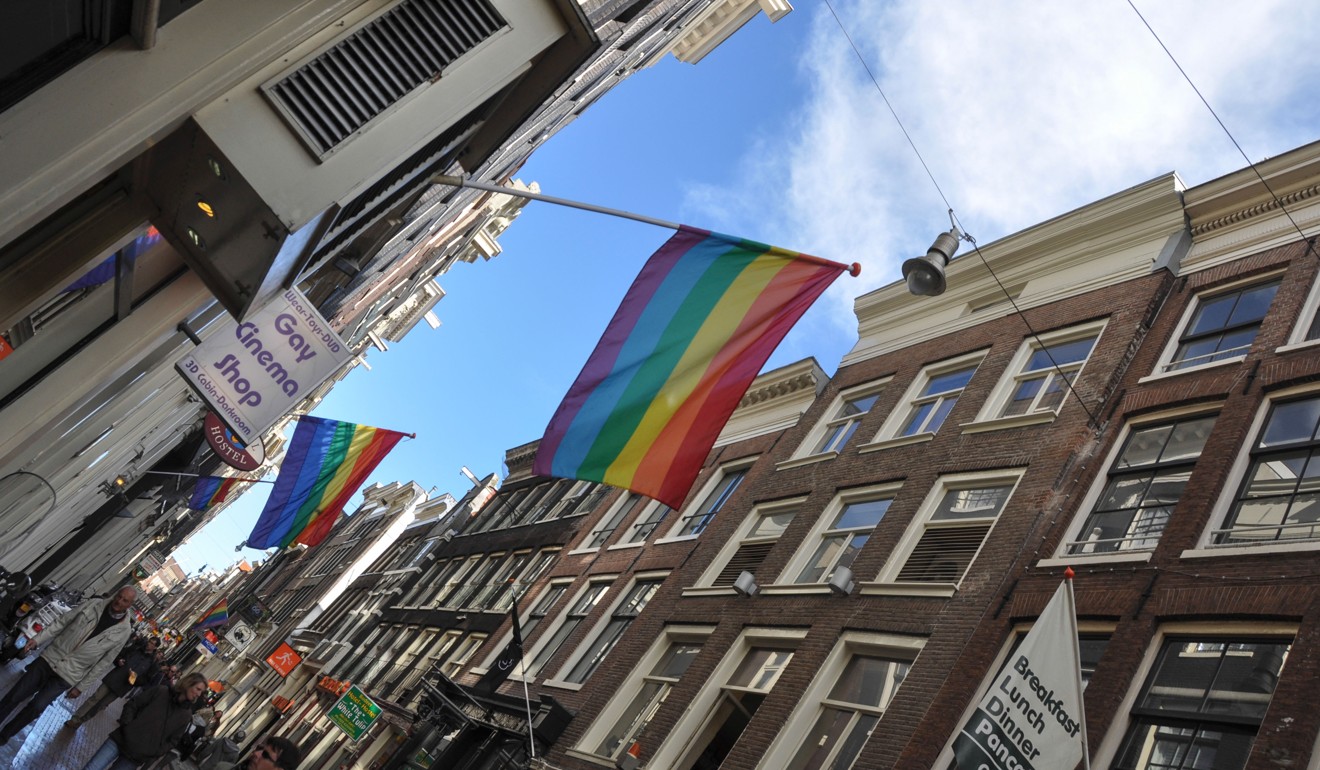
A common challenge for LGBT travellers is checking into hotels, says Vic Hess, founder of ellgeeBE.com, an online LGBT travel portal that has produced an extensive guide detailing the world’s lesbian-friendly venues, hotels and festivals.
“When you check in and ask for a king-size bed, that can cause problems,” says Hess. “Usually when they see same-sex people, they automatically offer two beds.”
The LGBT guide to Shanghai – seven places to go in Pride week
Burn comments that this “age-old problem” is improving but has a long way to go. “Improvements are being made with staff training.”

As steps are being made to make the world more inclusive, more destinations are expected to lure LGBT travellers to their shores. In September, a landmark ruling saw India legalise gay sex; last year Taiwan ruled same-sex marriage was a constitutional right; and Hong Kong, host city for the 2022 Gay Games, now recognises same-sex couples in visa applications.
“Mostly, the world is open to LGBTQs,” says Hess. “But we need a respectful attitude towards each country’s rules and habits regarding the community.”

